I’ve been to Queens before. Going to JFK, LaGuardia, Citi Field or driving on the dreaded Van Wyck Expressway, it’s hard to avoid. But I’ve never been to the real Queens off the highway and into its neighborhoods. My neighbor Bill makes occasional foraging trips there to stock up on food from Argentina, his home country. A few weeks ago he let me tag along.
Over dinner last year, Bill regaled me with stories of the colorful markets and authentic restaurants in Queens that offer foods from his home country. Without much hinting on my part, he invited me to join him.
Exiting the Grand Central Parkway just past LaGuardia, we entered one of the most diverse urban areas in the world. I’m told that over ninety ethnic groups have an outpost in Queens, establishing their cultural beachhead with restaurants, markets, stores, and gathering places. The language and advertising on storefronts mark the change from culture to culture.
The fascinating diversity can be charted block by block. Custom brick homes with luxury cars out front morph to row houses and then into tenements. Industrial blocks lurk just behind retail hubs. Store signs call out to their ethnic constituencies: Korean, Indian, Pakistani – Ecuador, Uruguay, and, at last, Argentina. All these cultures occupy their own territory but come together on the shopping streets.
A wholesaler of Spanish foods was our first stop. Argentina’s Spanish based cuisine requires many of the ingredients offered here. Sherry vinegar, hot and sweet paprika, saffron, chestnut purée, olives, capers, and olive oil were among the staples that Bill picked up. We also laid in a few pounds of Chorizo sausage, both mild and hot, some blood sausage, and a wedge of twelve-month aged Manchego cheese.
Our next destination was the corner of Corona and Junction Boulevards. (What great street names.) On the way, Bill spotted a lucky parking spot right in front of La Nueva Bakery (lanuevabkery.com). We popped in to ogle the sweets and breads. Tray after tray of pastries called out to me, mostly in the Uruguay and Argentina traditions (the countries and their food traditions are close), but some with a clear French patisserie heritage. I have a pretty strict rule of no pastry before lunch, so we planned to return.
Another lucky parking spot put us a half a block from the target intersection – and lunch. On the corner we popped into La Esquina Criolla for a quick empanada fix – beef for Bill and chicken for me. We stood to eat the spicy, fragrant meat pockets while looking at cuts of beef and sausages on display.
Across the street, we stepped into El Gauchito, Argentinian Butcher Shop, Grill and Restaurant for lunch. With his charming personality and rapid fire Spanish, Bill renewed his acquaintance with the staff and owner. Confronted with a multi-page menu, extremely limited Spanish, and complete cultural ignorance, I let Bill do the ordering. Grilled meat, of course, is the linchpin of Argentinean cuisine, but there are other little-known traditional dishes.
Lunch began with some very good rolls, and salami and cheese doused with an herbed marinade. An Antipasto was next: thinly sliced tongue with a tangy vinaigrette; sharply pickled eggplant, jellied lamb’s feet, and meat roulade garnished with potato salad. A traditional seltzer siphon was brought to the table, so we could dispense our own sparkling water.
The extensive menu had a full page of house-special combinations from the grill. We elected the trio of sweetbreads, house made sausage, and skirt steak. I’m more accustomed to sweetbreads sautéed and sauced as the French do, but these – simply grilled – were excellent. The sausage was well-seasoned and the steak a perfect platform for a generous spoonful of the garlicky house-made chimichurri sauce. We skipped dessert in the hopes of returning to La Nueva.
Across the street is the acclaimed Rio de la Plata bakery – right next to our empanada stop. You’ve got to love a culture where bakeries play such an important role. This one, too, had cases packed with confectionery temptation. We resisted the sweets, but Bill picked up a package of traditional
sandwiches filled with mushroom, lettuce, ham, cheese, and pimento in various combinations.
We stopped at the grocery store next door for a few Argentinean specialties not available in our local Stop and Shop. I snagged some Dulce de Leche described by Bill as the “real thing.” On the way back to the car we made a quick stop in a produce market where fruits, vegetables and peppers were piled high. The car was filling with our shopping bounty.
Rush hour was approaching, but coffee and pastry were calling. A stop at La Nueva was necessary before heading back. Busier now, the tables were filled with men after work watching football (soccer), mothers with children for an after school snack, and people lined up at the counter getting sweets to take home. In
the name of research, we got two sweets each, an apple tart and a traditional alfajores cookie with dulce de leche filling for me and a fruit tart and a churro for Bill, just so I could see them up close. (I appreciate his sacrifice.) With some coffee and a little chat from the guy at the next table, our snack was the best possible ending to our food tour.
I got a loaf of fresh-baked bread (large with a fine crumb much like a brioche) to take home and Bill picked up a box of traditional bite sized pastries for some entertaining he was doing a few days later. We had a chance to chat with the proprietor, a Uruguayan of Eastern European ancestry. Argentina and Uruguay, like the US, are immigrant nations whose food and culture are a mashup of ethnic groups. The citizens care very little about their ancestry,
instead proudly identifying with their home nation.
At each stop, I was enchanted with the helpful, friendly, outgoing attitude of everyone we met. It didn’t hurt that Bill spoke the language, knew the culture, and was a regular customer at some of the establishments. But I had the sense that my reception would have been much the same without him. Everyone greeted us with a smile and a friendly word, quickly switching to English when they learned I didn’t speak their language. Eager to share their food and culture, explanations and descriptions were always offered.
I’m ready to go back and explore the other eighty nine cultures in Queens. I just need a guide.
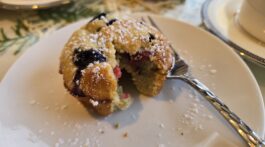







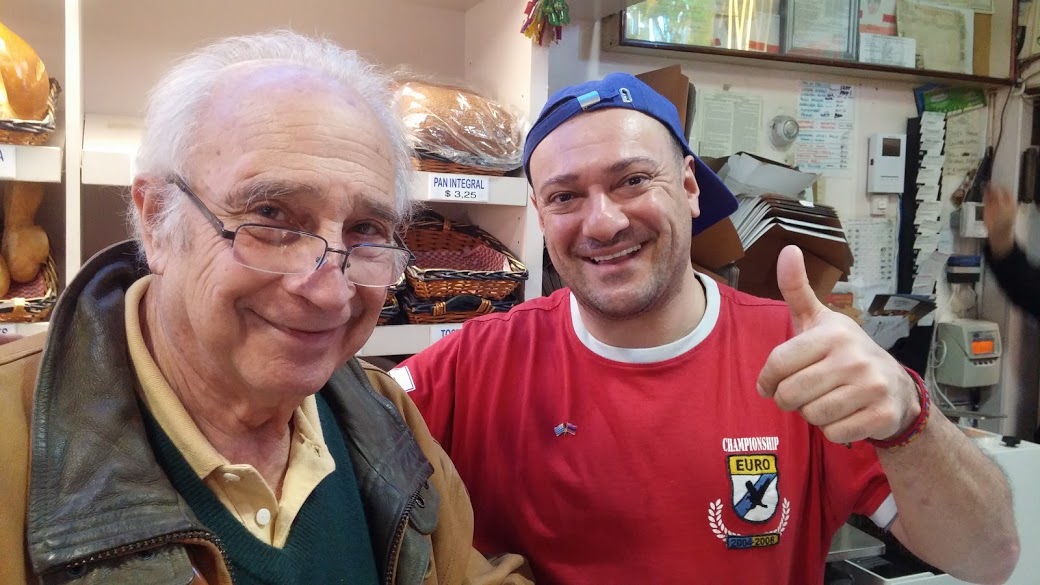

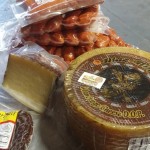
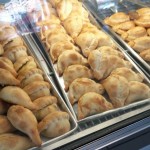
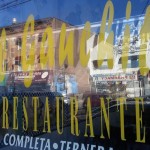
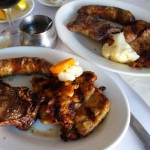
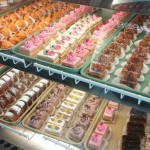


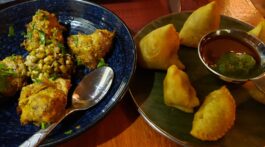
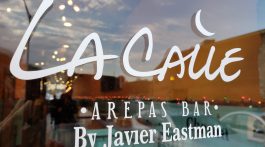

No Comment